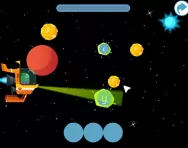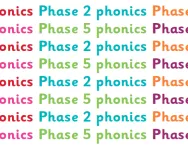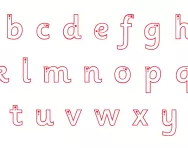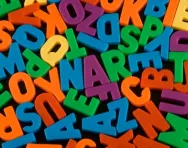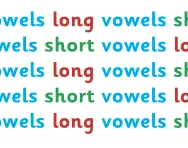Important update from TheSchoolRun
For the past 13 years, TheSchoolRun has been run by a small team of mums working from home, dedicated to providing quality educational resources to primary school parents. Unfortunately, rising supplier costs and falling revenue have made it impossible for us to continue operating, and we’ve had to make the difficult decision to close. The good news: We’ve arranged for another educational provider to take over many of our resources. These will be hosted on a new portal, where the content will be updated and expanded to support your child’s learning.
What this means for subscribers:
- Your subscription is still active, and for now, you can keep using the website as normal — just log in with your usual details to access all our articles and resources*.
- In a few months, all resources will move to the new portal. You’ll continue to have access there until your subscription ends. We’ll send you full details nearer the time.
- As a thank you for your support, we’ll also be sending you 16 primary school eBooks (worth £108.84) to download and keep.
A few changes to be aware of:
- The Learning Journey weekly email has ended, but your child’s plan will still be updated on your dashboard each Monday. Just log in to see the recommended worksheets.
- The 11+ weekly emails have now ended. We sent you all the remaining emails in the series at the end of March — please check your inbox (and spam folder) if you haven’t seen them. You can also follow the full programme here: 11+ Learning Journey.
If you have any questions, please contact us at [email protected]. Thank you for being part of our journey it’s been a privilege to support your family’s learning.
*If you need to reset your password, it will still work as usual. Please check your spam folder if the reset email doesn’t appear in your inbox.
Parents' guide to Phase 5 phonics

What will your child learn in Phase 5 phonics?
Sara Wernham, a primary school teacher and one of the creators of the Jolly Phonics scheme, explains that during this phase, alternative spellings for sounds are introduced, such as 'igh.'
Initially, children focus on mastering these spellings in reading, gradually incorporating them into their spelling as their fluency develops.
Children acquire new graphemes (various ways of spelling each sound) and learn alternative pronunciations. For instance, they grasp that the grapheme ‘ow’ produces distinct sounds in words like 'snow' and 'cow.' The ability to blend improves, and they begin blending silently. They also delve into split digraphs, like the a-e in 'name.'
Progressing further, they become adept at selecting the appropriate graphemes for spelling and tackle more challenging words, including 'people,' 'water,' and 'friend.' Additionally, a new phoneme, /zh/, as heard in 'treasure,' is introduced.
By the end of Year 1, children are expected to:
- Articulate the sound associated with any grapheme presented to them.
- Write the common graphemes for a given sound (e.g., ‘e,’ ‘ee,’ ‘ie,’ ‘ea’).
- Utilise their phonics knowledge to read and spell unfamiliar words with up to three syllables.
- Read all 100 high-frequency words and successfully spell most of them.
- Demonstrate correct letter formation.
When will your child be taught Phase 5 phonics?
In Year 1, Phase 5 phonics typically spans the entire academic year for children. To assess their proficiency, all Year 1 students undergo a Phonics Screening Check at the end of the year. This evaluation ensures that they have effectively mastered the required phonics knowledge.
What sounds are children taught in Phase 5 phonics?
Here are some sounds that your child may learn in Phase 5 phonics:
You can print this sound mat out and stick it up at home to help your child practise their Phase 5 phonics sounds.
How can you help your child with Phase 5 phonics at home?
Supporting your child with Phase 5 phonics at home can be beneficial for their literacy development. Here are some suggestions:
- Practise reading together: Read books with your child regularly, focusing on words that contain the alternative spellings introduced in Phase 5.
- Word games: play word games that involve Phase 5 phonics, such as matching games or memory games with cards featuring words with alternative spellings.
- Phonics apps and online resources: explore educational apps and online resources designed for Phase 5 phonics. Many interactive tools can make learning engaging and fun.
- Spelling practice: practise spelling words with alternative spellings. Use magnetic letters, letter tiles, or write the words on a whiteboard.
Encourage your child to sound out and blend words independently. - Sentence Building: build sentences together using words with Phase 5 phonics. This helps reinforce the application of alternative spellings in context.
- Flashcards: create flashcards with Phase 5 words and their alternative spellings. Use these for quick, regular practice sessions.
- Writing activities: encourage your child to write short stories, sentences, or even a daily journal using words from Phase 5. This reinforces their ability to use these spellings in their own writing.
- Phonics play: engage in phonics play activities, such as sorting words with different spellings, playing phonics board games, or using online resources that provide interactive games for Phase 5.
- Celebrate progress: celebrate your child's achievements and progress in phonics. Positive reinforcement can boost their confidence and motivation.

